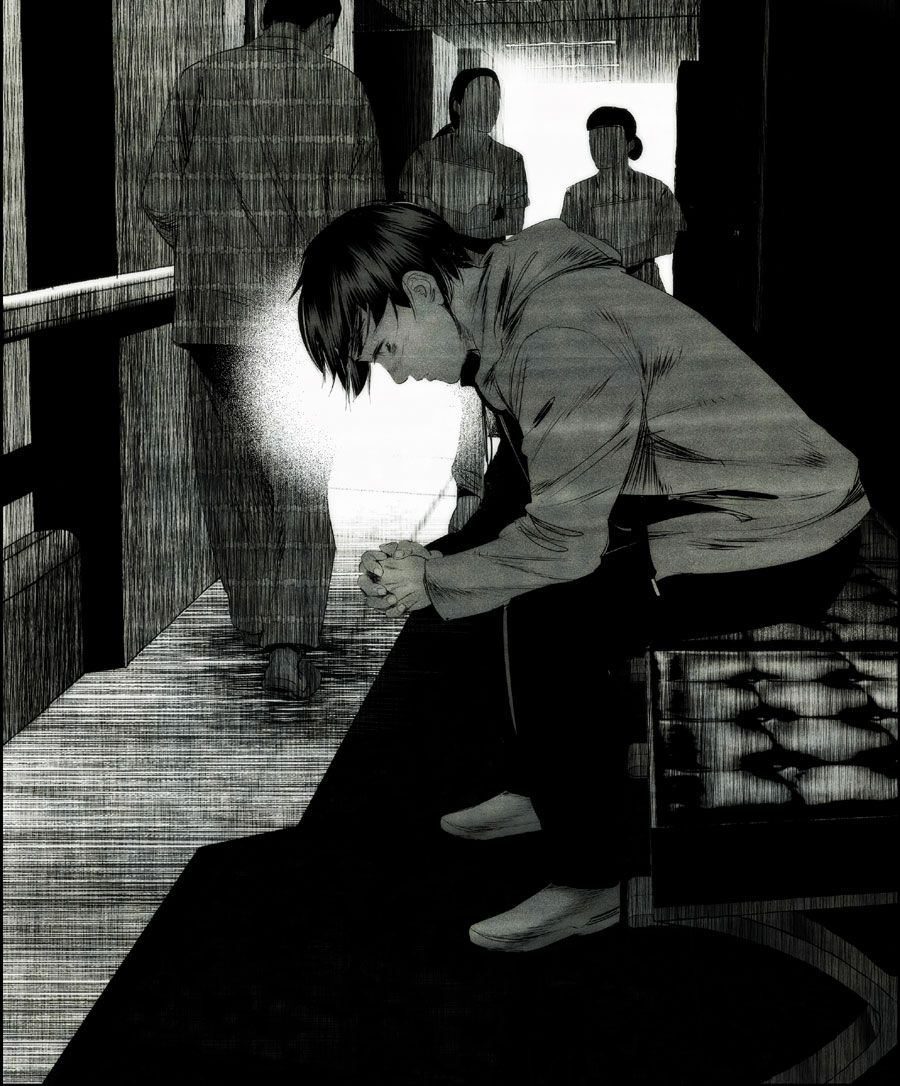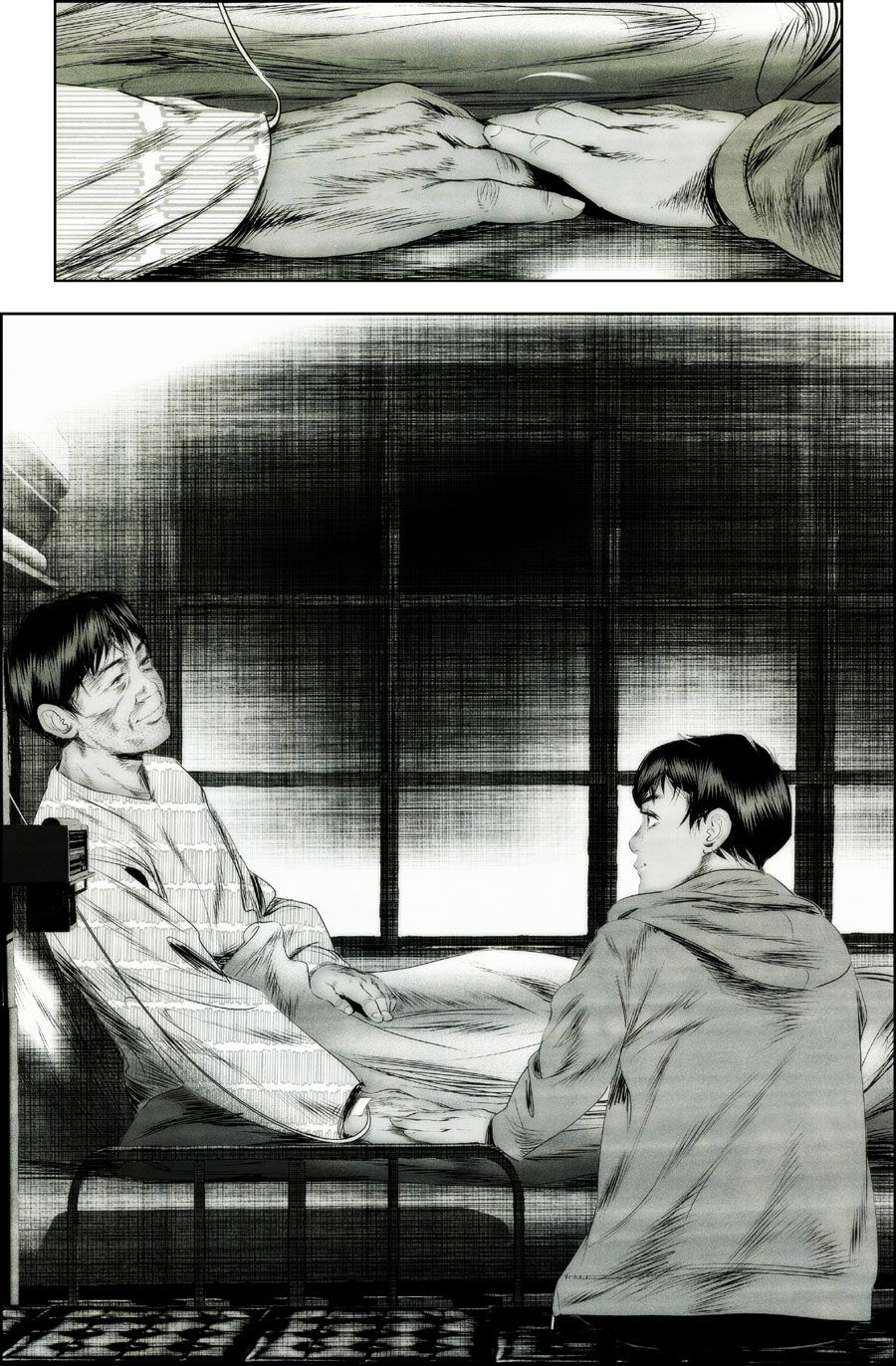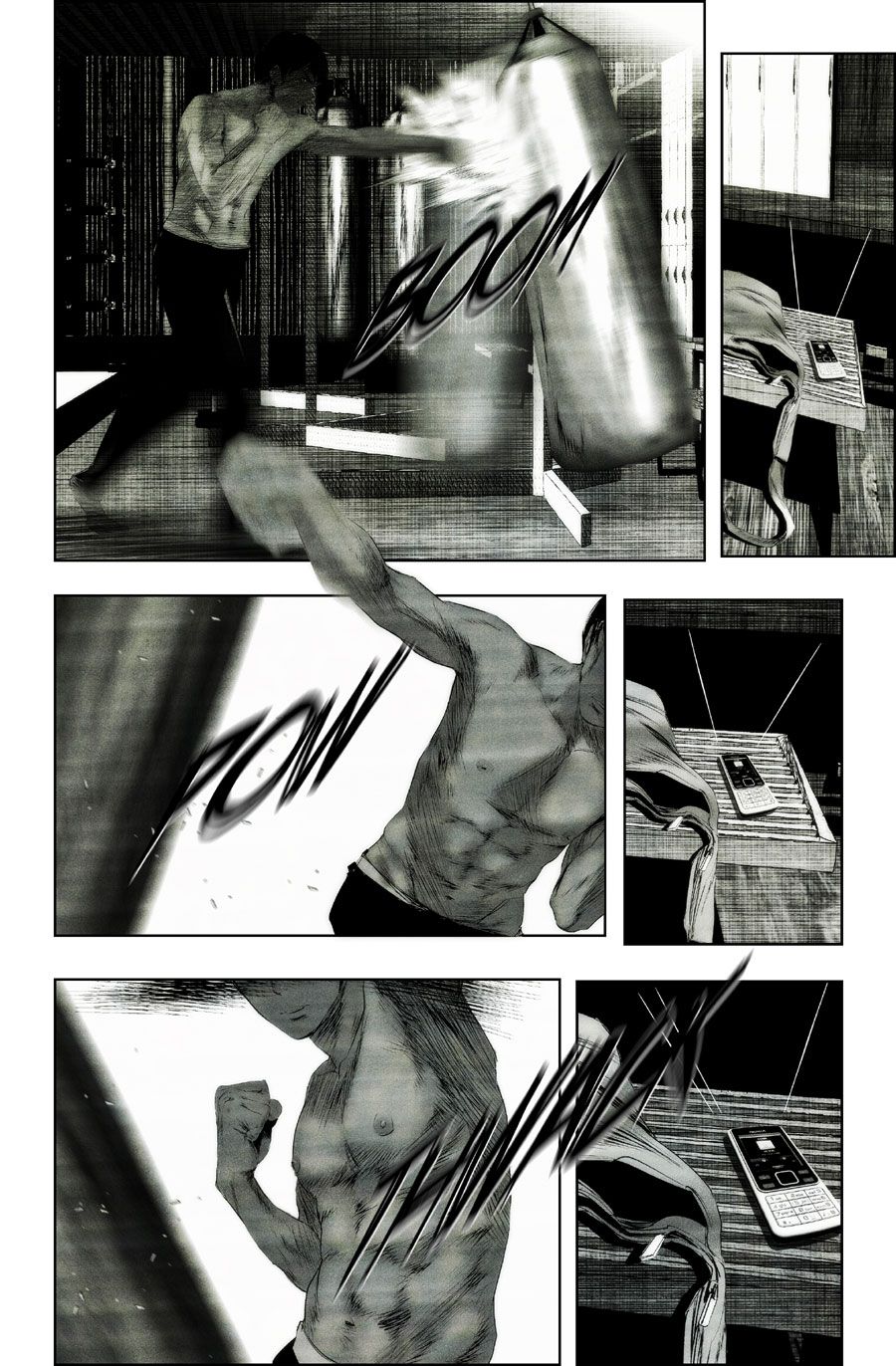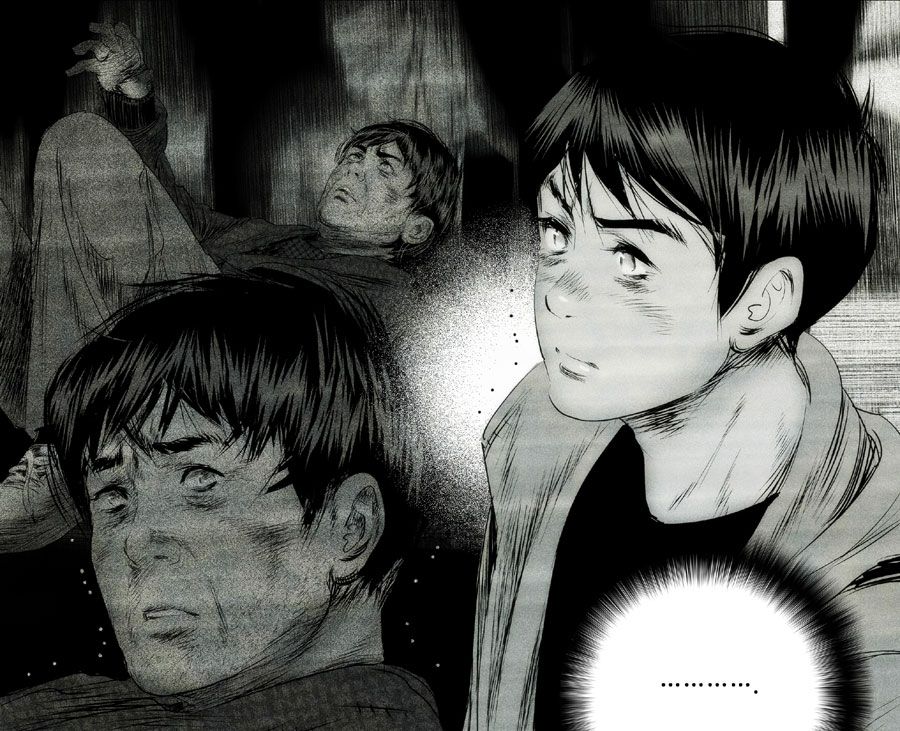The web is the most decentralized comics platform: There's no comiXology or Diamond Comic Distributors for the web, and a lot of webcomics, such as xkcd and Homestuck, have huge followings that don't necessarily cross over into the rest of the comics world. At the same time, the question of how to make money by giving away a comic is one that creators answer over and over again, often in very different ways.
That's why Tapastic is worthy of notice. It aims to be the central location, sort of a YouTube of webcomics, and the big news this week is that the company has signed a deal with the Korean Internet portal Daum Communications for $2 million of Series A funding. One immediate result of the partnership is that Tapastic has begun carrying an English-language version of the Like a Wolf, one of the most popular webcomics in Korea.
We talked to Tapastic CEO Chang Kim about his plans for Tapastic and how the Korean webcomics market differs from the U.S. market. Plus we also have an exclusive look at art from Like a Wolf.
Robot 6: First of all, the big news here is that you have secured $2 million of venture capital funding from Daum Communications, and you are also partnering with them. What will you do with the money? What will it make possible that wasn't possible before?
Chang Kim: To be honest, nothing dramatically changes; we'll continue building on the product features and adding more great content.
And the second part of my question is, who are Daum Communications and how are you collaborating with them?
Daum Communications is Korea's leading Internet portal, and the pioneer of "Webtoon." They started Webtoon service and have a ton of great content. Tapastic will try to bring the best of Daum content to the global audience by translating the content into English.
Does this mean there will be more Korean content on Tapastic?
This means there will be more great content. We're a global service already, with our artists coming from pretty much around the world. We're committed to working with great artists no matter where they come from. Also, comics and visual stories are one of the most culture-agnostic media genres.
Tell me a bit about Like a Wolf. What is it about, and who is reading it in Korea? Has it crossed over into other media such as TV?
Like a Wolf is an action-noir series that takes place in an underground fight gambling ring. It tells the story of Gunt’s growing from innocence to experience as society leads him and many others into this dark world. How did they get to where they are, and why do they stay?
Teenage to adult-male readers make up the biggest demographic for this webtoon in Korea, but the story and art of this comic has been appealing to adult readers of both genders on Tapastic.
Though this particular series has not crossed into other media yet, Daum is well known for many of their webtoons being made into TV dramas and movies, and there is a possibility this could be happening.
My understanding is that webcomics are a very significant business in Korea. Can you describe the structure of the webcomics market there? How do people find webcomics — do they use centralized portals like Tapastic? How are they monetized? About what percentage of webcomics creators are able to earn a living making comics?
Webcomics is a major entertainment genre in Korea. More than half of all internet population check out Webcomics every day. On mobile, people spend more time on webcomic apps than on video or music services.
Popular webcomic artists make handsome money through "freemium" service (certain comic episodes are behind premium/pay wall) or increasingly by selling license to movies and TV dramas. Daum alone saw more than 20 webcomic titles being produced into blockbuster movies.
What strategies are you bringing over from Korea, and what do you think you will need to do differently here?
We'll try to learn various operations know-how from Daum, but obviously we have our own audience and service experience and therefore we'll try to apply lessons from Daum in our unique way. For example, in the North American market, audience are still unfamiliar with Webcomics as a genre so we'll have to keep that in mind.
What have you been doing to build an audience for Tapastic?
We didn't do a lot of marketing -- most of our traffic comes from social sharing where the creators often promote their own work to their audience.
Have you been able to pay the creators whose work is there? If so, how is it monetized?
We pay the top artists through ads revenue share and sometimes by paying license fees (in the form of "minimum guarantee" for the ads revenue). We're monetizing through ads now, but are working to build a premium service model (to be launched in 2014).
What do you plan on doing next?
Again, we have a long list of features that have been requested by the users and will try to deliver those. Especially important would be better community features (between the artist and their fans), premium business model, and better mobile apps. We also plan to launch an easy-to-use mobile app to help creating "photocomics" for those who want to publish on Tapastic but don't necessarily have the comic drawing skills.







